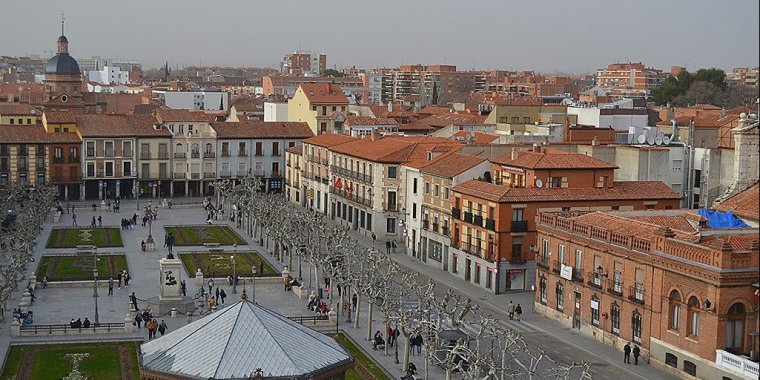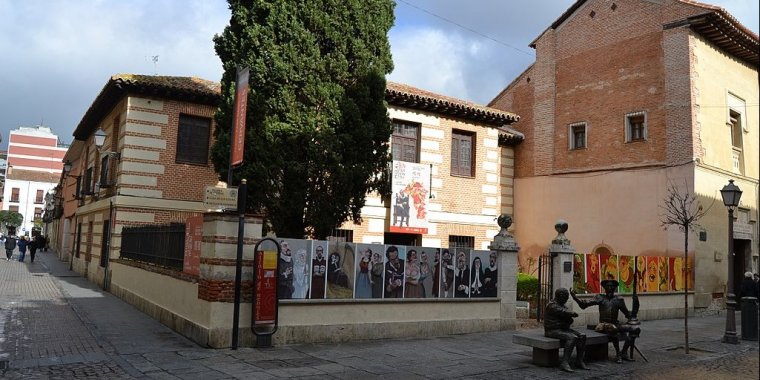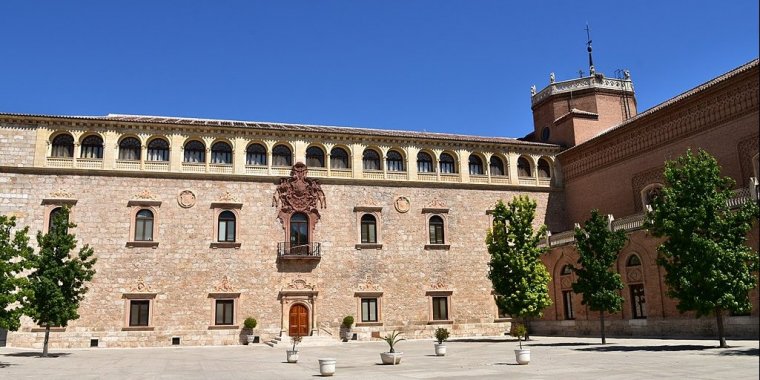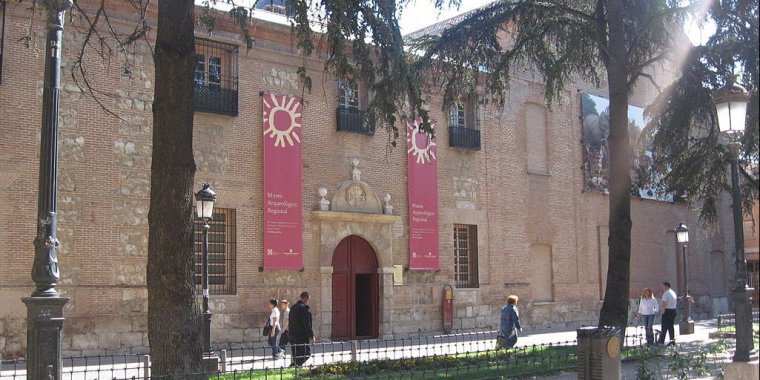| Published in Attractions / Places of Interest |
Tourist Attractions in Alcalá de Henares, Spain
Alcalá is easily visited as a day-trip from Madrid, and because it's so close to Madrid Barajas Airport it makes a good first or last night stop on a tour of northern Spain. The heart of the old town is Plaza de Cervantes, with all the main sights close by, and storks nests teetering on the rooftops. North side of the Plaza leads into the colonnaded Calle Mayor, with many bars and eating places.
• La Universidad de Alcalá. Daily 09:00-16:00. Founded in 1499 by Cardinal Cisneros, and the centre of academic excellence in Spain in the 16th and 17th centuries. Visit by guided tour only, hourly in Spanish, in English at 14:00. The tour takes in the ornate plateresque façade, the three interior patios, the mudejar chapel, and the Paraninfo auditorium where the Cervantes Literary Prize is presented by the King annually on April 23. Adult €6, concessions €4.
• Casa Natal de Cervantes (Cervantes birthplace), Calle Mayor 48. Tu-Su 10:00-18:00. This is the house where the famous author of El Ingenioso Hidalgo don Quijote de la Mancha was born in 1547, and lived his early days. The museum recreates life in a Spanish house of that period, though perhaps a more stable, prosperous household than Cervantes' own. His father was a barber-surgeon, so the old shaving & blood-letting bowl foretells Don Quixote's mad helmet. The book was widely translated soon after Part One was published in 1605, and there's an impressive collection of translations and other books and manuscripts from around the world. Free admission but to avoid overcrowding they only let in a dozen or so at a time, so there may be a queue.
• Next to the Casa Natal, the Hospital de Antezana is a 15th C charity hospital, probably the oldest in Europe in continuous use. Nowadays it's a care home for the elderly.
• The Cathedral or Lonja de la Magistral was originally 15th C, but rebuilt after fire damage in 1939. It's called a "magisterial" cathedral because its clerics were all masters, ie graduate teachers of the university. Contains the Cripta de los Santos Niños, the tomb of persecuted Catholic children. Open M-F 08:00-14:00 & 16:00-20:30, Sa Su 09:00-13:00 & 18:00-20:30.
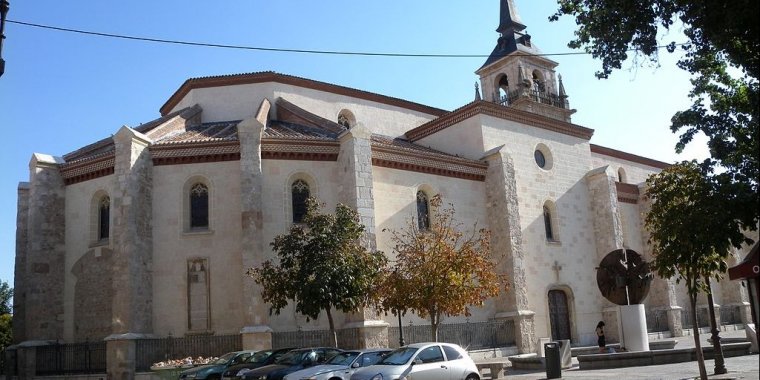
Catedral de Alcalá de Henares. ![]()
• Archbishop's Palace: built as a fortress in the 14-15th century, turned into an episcopal palace in the 16th century, but much of it burnt down in 1939 during the Civil War. It saw the birth of England's Katherine of Aragón and Germany's Emperor Ferdinand, the death of John I of Castille, and the first interview where Christopher Columbus pitched his idea to Queen Isabel of sailing west to reach India. You can't visit the interior.
However the interview room is recreated, along with other exhibitions, in the nearby House of the Interview (Casa de la Entrevista, Calle San Juan 2). The building was a 16th-century convent for Franciscan nuns. Open Tu-Sa 11:00-14:00 & 17:00-20:00, Su 11:00-14:00.
• Archaeological Museum: housed in the 17th C Madre de Dios monastery-college on Plaza de las Bernadas. Prehistoric and Roman finds from the area. Open Tu-Sa 11:00-19:00, Su 11:00-15:00.
• Other Roman ruins are the House of Hippolytus, west end of town by Av de Madrid, probably a 3rd- or 4th-century college, with well preserved mosaics (Open Tu-Su 10:00-14:00, and Sa Su 17:00-20:00). 500 m south off Camino del Juncal is the Complutum, near the fragmentary remains of the Moorish fortress of Al Qalat (Open Tu-Su 10:00-14:00 & 16:00-18:00). (Wikivoyage)
See also Alcalá de Henares in Pictures
YOU MAY ALSO LIKE




 If you own or manage a travel-related business such as a hotel, a bed-and-breakfast, a restaurant, a pub or a cafeteria, you can create a web page for your business for free on Titi Tudorancea Travel Info. » |
